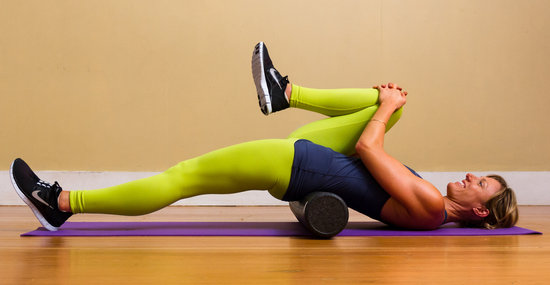Spinal Manipulative Therapy and Exercise For Seniors with Chronic Neck Pain
Michele Maiers, DC, MPH, Gert Bronfort, DC, PhD, Roni Evans, DC, MS,
Jan Hartvigsen, DC, PhD, Kenneth Svendsen, MS, Yiscah Bracha, MS,
Craig Schulz, DC, MS, Karen Schulz, DC, Richard Grimm, MD, PhD
Northwestern Health Sciences University,
Wolfe-Harris Center for Clinical Studies,
2501 W. 84th St, Bloomington, MN 55431, USA
mmaiers@nwhealth.edu
BACKGROUND CONTEXT: Neck pain, common among the elderly population, has considerable implications on health and quality of life. Evidence supports the use of spinal manipulative therapy (SMT) and exercise to treat neck pain; however, no studies to date have evaluated the effectiveness of these therapies specifically in seniors.
PURPOSE: To assess the relative effectiveness of SMT and supervised rehabilitative exercise, both in combination with and compared to home exercise (HE) alone for neck pain in individuals ages 65 years or older.
STUDY DESIGN/SETTING: Randomized clinical trial.
PATIENT SAMPLE: Individuals 65 years of age or older with a primary complaint of mechanical neck pain, rated =3 (0-10) for 12 weeks or longer in duration.
OUTCOME MEASURES: Patient self-report outcomes were collected at baseline and 4, 12, 26, and 52 weeks after randomization. The primary outcome was pain, measured by an 11-box numerical rating scale. Secondary outcomes included disability (Neck Disability Index), general health status (Medical Outcomes Study Short Form-36), satisfaction (7-point scale), improvement (9-point scale), and medication use (days per week). METHODS: This study was funded by the US Department of Health and Human Services, Health Resources and Services Administration. Linear mixed model analyses were used for comparisons at individual time points and for short- and long-term analyses. Blinded evaluations of objective outcomes were performed at baseline and 12 weeks. Adverse event data were collected at each treatment visit.
RESULTS: A total of 241 participants were randomized, with 95% reporting primary outcome data at all time points. After 12 weeks of treatment, the SMT with home exercise group demonstrated a 10% greater decrease in pain compared with the HE-alone group, and 5% change over supervised plus home exercise. A decrease in pain favoring supervised plus HE over HE alone did not reach statistical significance. Compared with the HE group, both combination groups reported greater improvement at week 12 and more satisfaction at all time points. Multivariate longitudinal analysis incorporating primary and secondary patient-rated outcomes showed that the SMT with HE group was superior to the HE-alone group in both the short- and long-term. No serious adverse events were observed as a result of the study treatments.
CONCLUSIONS: Spinal manipulative therapy (SMT) with home exercise resulted in greater pain reduction after 12 weeks of treatment compared with both supervised plus HE and HE alone. Supervised exercise sessions added little benefit to the HE-alone program.








